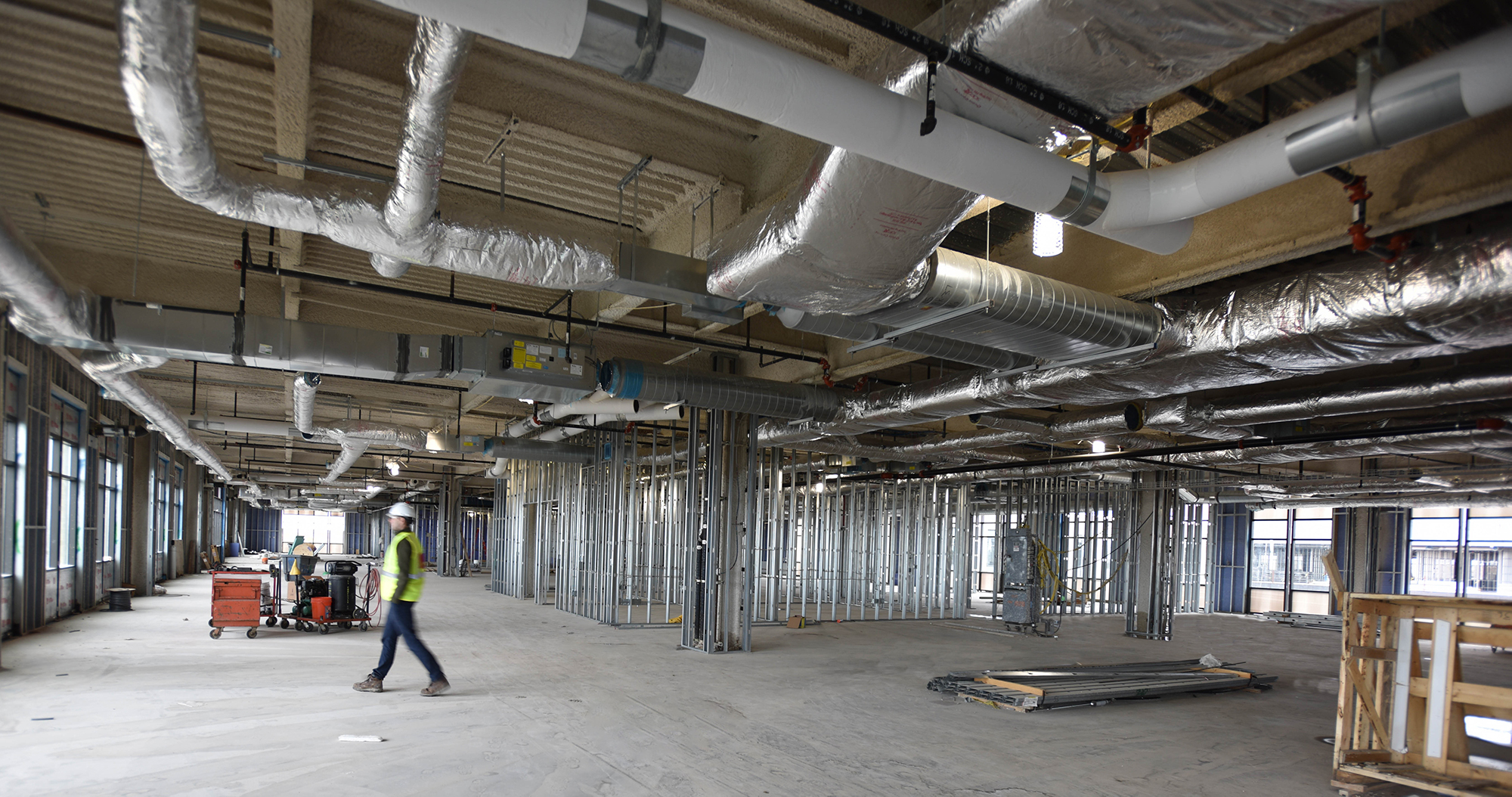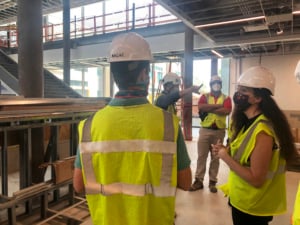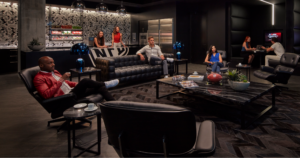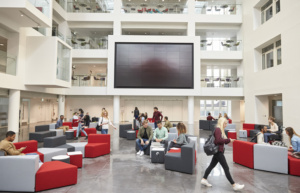Coping with COVID-19: Part I, Introduction + Impacts on Workplace Health and Wellness

As COVID-19 continues to impact all aspects of daily life, commercial real estate and construction professionals are grappling with new challenges as they design, build, and maintain their facilities. As professional project managers and owners’ advocates, all of us here at MGAC are used to helping our clients navigate and solve problems—and while we are living during an unprecedented crisis right now, our mission remains the same.
That is why, over the next few weeks, we will be sharing information from our COVID-19 Task Force on how the coronavirus outbreak is and will continue to affect our work and industry—as well as how to best deal with the upcoming challenges. We talked to people with boots on the ground—such as contractors, subcontractors, vendors, and owners—in order to gain a clear understanding of the current commercial landscape. We have seen that new construction and renovation projects may be confronted with supply chain disruptions and staff shortages. We have heard from owners who may experience reduced funding capacity due to diminished revenue or tightened credit standards. As this crisis continues to unfold, this list will likely expand. However, as the challenges are better understood, we also know that innovative solutions will be developed to allow for operations and critical projects to proceed.
To start, let’s discuss some basic industry trends we have seen emerge across the country, as well as how COVID-19 is and will continue to affect health and wellness across jobsites.
Impacts Across States and Industries
Here at MGAC, we have offices in New York, San Francisco, Los Angeles, Seattle, Washington DC, and Toronto—all of which have been hit with varying degrees of cases, rules, and restrictions. To begin, it is important to understand which states have deemed construction essential. You can find that information here.
For example, Clark Construction, one of the nation’s largest contractors, has seen varying impacts to jobsite labor in locations across the country over the last several weeks, but overall labor is trending back up and should continue to rise once Seattle jobs are back online next week—with measures in place to comply with Governor Inslee’s requirements.
In addition to working in various cities and states, MGAC also works across many different sectors, and we have seen varying COVID-19 implications on a project-to-project basis. So far, the projects that have been most affected are projects in hospitality, luxury living, gaming, events, aviation, and culture. However, despite these setbacks, we have also seen some owners take advantage of this time by renovating properties more quickly and cost-effectively than they could have when fully operational—such as hotels, restaurants, and transportation with limited cars and trains.
Impacts on Health and Wellness
Now more than ever, health and wellness are and will be paramount throughout all phases of the commercial real estate cycle. To ensure all projects are maintaining the highest standards of health and safety, we have seen project managers create the new role of “health marshal” on their jobsites. Health marshals are charged with monitoring the health of the site crews through daily temperature checks, respiratory illness tracking, ensuring use of appropriate personal protective equipment (PPE), and establishing protocols for crews to maintain social distancing. Peter Lanfranchi, Senior Vice President of Hospitality for HITT based in Falls Church, Virginia, reported that his teams are already implementing new health and safety measures at their jobsites, including adding a health marshal, as well as requiring staff to wear face masks. By creating the health marshal role, many project managers have been able to continue servicing clients and moving critical projects forward.
With this renewed emphasis on cleanliness and personal hygiene, we envision construction sites will need to continue to adapt even further to meet construction personnel expectations. General contractors may need to consider adding hand sanitizing stations or portable hand washing facilities throughout sites to promote healthy habits. Enhanced cleaning procedures may be implemented to reduce probability of indirect transmission of the virus from surfaces, and certain high-touch surfaces, such as doorknobs, door handles, handrails, worksurfaces, and tools should be cleaned and sanitized daily.
In addition, project teams may elect to configure construction schedules to allow for multiple shifts to decrease the number of staff on site at any time to further reduce opportunities for disease spread. On March 17th, NIH released information on the lifecycle of the virus in various materials. Following the release of this information, Clark Construction, instituted four-day work weeks on closed-in projects or ones in tight quarters. This allows three days for the lifespan of the virus to diminish and limits the number of days people are on site to support greater social distancing. They termed it “go slow to go fast” in an effort to avoid a longer-term shutdown of a project. Read Clark’s Response to COVID-19 to learn more about the steps they are taking to ensure a safe, controlled, and healthy work environment.
However, despite general contractors’ best efforts, some staff may become infected with COVID-19. Proactive project teams should develop protocols for removing infected team members from jobsites, tracing contact throughout the jobsite to reduce the spread of infection, and supplementing crews while infected personnel recover. For example, Tom Grab, a project executive at HITT, reported that on a recent hotel renovation project in New Haven, Connecticut his team took advantage of low-occupancy rates and had the construction staff housed at the hotel, which reduced opportunities for disease transmission, as well as increased opportunities for illness tracking.
Next in this series, we will explore the impacts of COVID-19 on everything from project scheduling to costs, contracts, and future planning considerations.
Upcoming Topics
Part II: Impacts on Scheduling
Part III: Impacts on Cost
Part IV: Impacts on Contracts
Part V: Impacts on Future Planning









